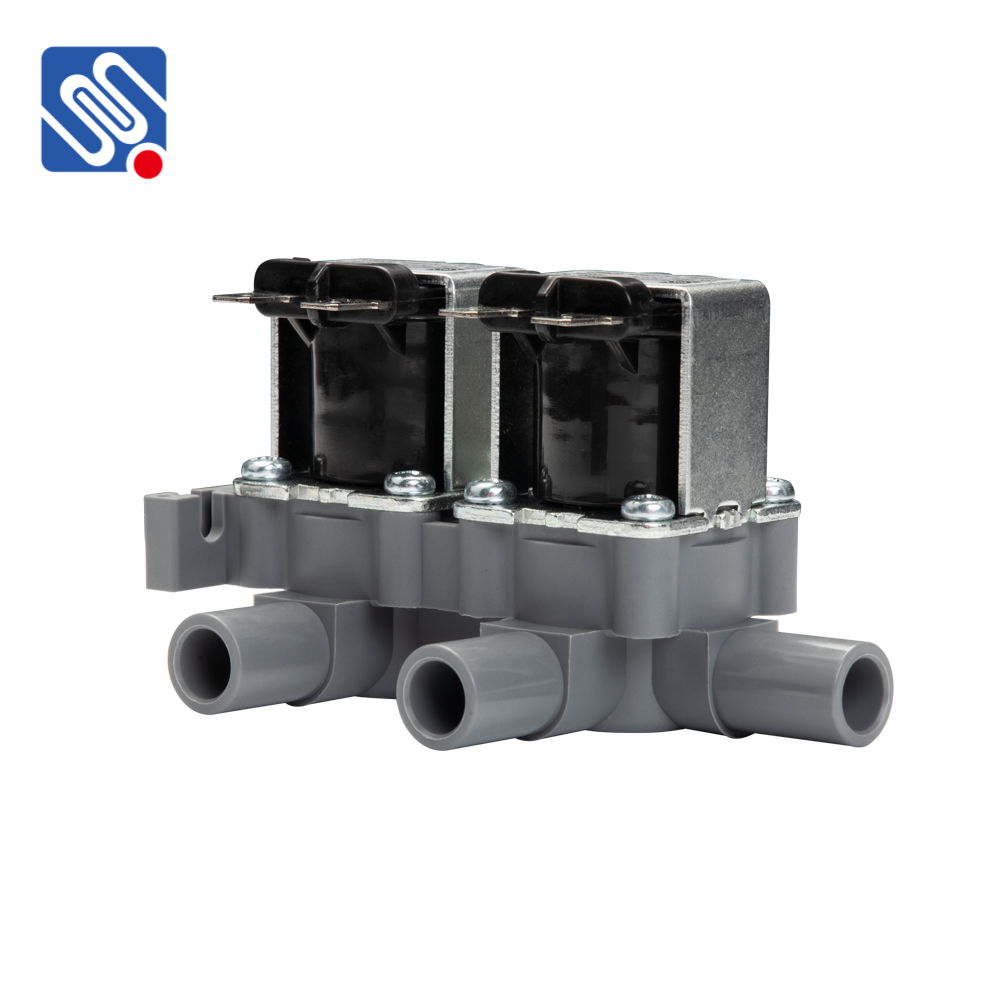understanding one way solenoid valve: function, types, and applications
Release time:2025-03-22 01:00:12
A one-way solenoid valve is a crucial component in fluid control systems, commonly used in various industrial, commercial, and residential applications. The primary function of this valve is to control the direction of flow and ensure that fluid or gas moves in a specific direction within a system. This article will explore the functionality, types, and applications of one-way solenoid valves, as well as the benefits they bring to modern fluid control technology.

What is a One Way Solenoid Valve?
A one-way solenoid valve, also known as a check valve or non-return valve, is a type of valve that allows fluid or gas to flow in only one direction. It is activated by an electromagnetic coil, which controls the opening and closing of the valve. The solenoid, a coil of wire, generates a magnetic field when energized, which pulls or pushes a plunger or piston within the valve body to open or close the flow path.
The key feature of a one-way solenoid valve is its ability to prevent backflow, which can cause damage to equipment, contamination, or inefficiency in the system. These valves are typically installed in pipelines, pumps, and other fluid handling systems to ensure that the flow only moves in the desired direction, protecting both the system and the equipment from potential issues caused by reverse flow.

